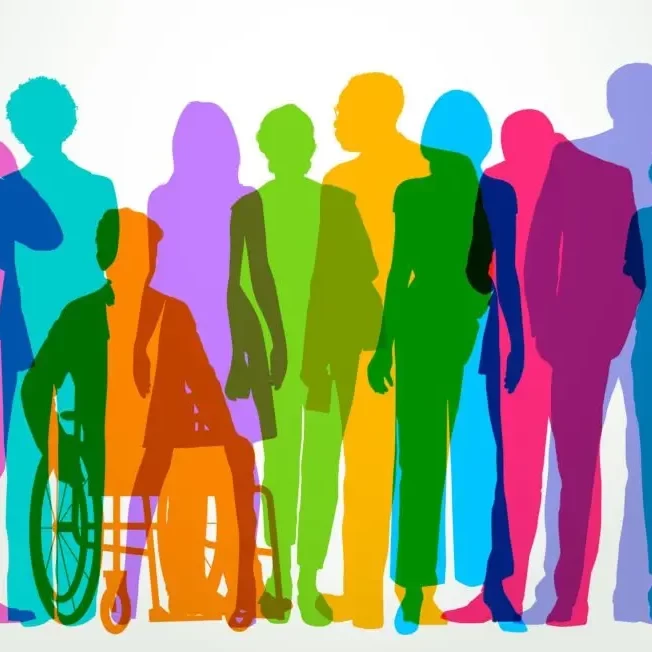This blog also appeared on PRSA-NCC.
COVID-19 has exploded the healthcare system. But sometime in the future, Americans will return to “normal” and once again will concentrate on the basics of staying healthy in their everyday lives. The coronavirus has revealed how vulnerable so many of us are because of underlying conditions. Two years ago, our team conducted qualitative research to try to determine why this has always been such a struggle for many people.
Most Americans know what it takes to be healthy. And nearly everyone says it’s one of the things they value most in life. What, then, is getting in the way of our country truly making health a top priority?
Our team conducted in-depth interviews with 60 individuals to understand how various age groups specifically define health and well-being. How do they interact with the healthcare system? What do they try to do to improve their health? What medical conditions do they worry about the most? And what would it take for them to make health and well-being a more serious priority?
Our biggest surprise came in finding a fascinating behavioral paradox in many people’s thinking about health: The reason they most value their good health is that they want to spend time with their family and friends, engaging in social activities. Yet, when asked to name the biggest barrier to taking actions to improve their health, they reported that it was the demands of spending time with their family and friends. So herein lies the challenge: How do we inspire individuals and their families and friends to embrace health and well-being and—together—make it a priority?
Differing perspectives among generations. We conducted in-depth interviews with roughly 10 people from each from six generational categories. They came from across the country and represented various races/ethnicities, levels of education, lifestyles, and income. We were intrigued by many of our findings.
First, when asked to define “healthy,” nearly all participants talked about eating healthy, nutritious foods and engaging in physical activity. Maintaining a healthy weight, limiting alcohol, avoiding tobacco, and not taking illegal drugs were also part of that definition.
Younger generations tended to emphasize mental and spiritual health, alluding to the need to be not only physically but psychologically and emotionally healthy. The youngest group even included environmental health and the quality of their surroundings as important influences on well-being.
Health happens outside of the healthcare setting. Many respondents are hesitant to admit whether they see doctors. Many view the doctor’s office as a place to go only when feeling very sick and only after trying to cure their ailments on their own. For many, the main reason to visit the doctor is to refill medications.
Dr. Google will see you now. Doctors are not even the top source of health information, unless you are referring to Doctor Google or WebMD. Instead, family and friends are the most important health resources whose opinion is frequently sought.
The attitude transition period occurs around 50. Another surprising finding from our interviews was that a major shift in attitude occurs with the Baby Boomer 2 group (52-62). This is a time of evolving thinking. There is a marked shift away from trying to improve health to simply trying to maintain current levels of health and mobility. Younger generations are focused on what they can do better, and are constantly striving to exercise more, eat healthier, and take new steps to promote their well-being.
The generational connection. There are many differences in the way generations define and manage their health. In the end, they are all connected by the fundamental desire to be healthy. They share similar needs and barriers to achieving that goal. It is that sense of community and connection that needs to play a major role in campaigns to influence healthy behaviors and lifestyles.
We can’t do it alone. What we learned is that health and well-being mostly occur outside of the healthcare system and often among our family and friends. Being social and spending time with the people who matter most to us is what pushes us each and every day to want to be healthy. The very nature of simply spending time together fosters a sense well-being. So, when we are finally able, once again, to spend time with friends and families, think of it as your own prescription for health and well-being. It does your mind and body good.
Healthy Perspectives
- Most Americans think about their health every day.
- Most define health as eating nutritious foods and exercising regularly.
- The top reason people want to be healthy is to spend time with their family and friends, being social.
- Older generations tend to emphasize the need to maintain their current level of health and mobility.
- Younger generations often focus on constantly trying to do more to improve their health.





